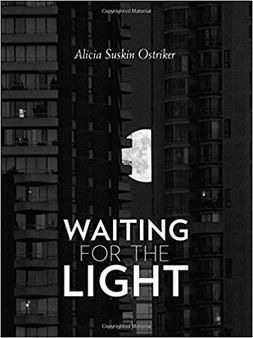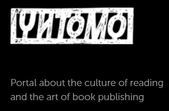Waiting for The Light by Alicia Ostriker, University of Pittsburgh Press; 1 edition (February 14, 2017)
Reviewed by Varsha Saraiya-Shah

In Waiting for The Light, Alicia Ostriker unfolds a brilliant repertoire of life’s ironies, mysteries, page after page with keen attention to human beings’ undying resilience, in and outside city life and the endless struggle to rise above grief and hardship.
Light in her poems is a goddess of subtlety and beauty, of contrasts and shadows. Nothing under her spell goes unnoticed. Ostriker’s wit and sharp focus on her subjects continually wow us. The light of loss in “How Fortunate The Boy” (“but the father is unfortunate”) has a mourning tone yet it’s won over with hope. In poems such as: The First Snowfall, Bangladesh: The Driver, and, Guyana: So Nice, she illustrates what it means to be human and keep living in spite of the hurdles in a place like New York where everyone moves in a hurry. Everything is fleeting all the time. In “For Once, Then, Something” the snow and its light-laden self makes it known in the final line, “and a man walking alone said “wow” to himself”. Ostriker handles the pain of a ten- year-old girl in “Afghanistan: The Raped Girl” with breathtaking sensitivity; “lying is not a sin when one’s honor is at stake”.
In “Alphabetical Flash,” the reader finds plenty of light-heartedness juxtaposed with freedom of imagination, thought and modern complexity all at once. Like her E: “Elbows are excellent for navigating crowds. S with its three stanzas: Step out-side at night / earth under feet / sky all broken glass”. How funny, an I: “I is the inevitable unenviable first person.” Each line projects its own persona with natural ease. Politics and poetry become inseparable with a twist of wry humor and vulnerable beauty. In the final poem, “Q&A: Reality,” Ostriker with her volley of poetic inquiry makes us look over and deeper, as if to open our gaze with the same interest into the mundane as into philosophical issues, ranging from color yellow in the photo (“was it enhanced by Photoshop?”) to consciousness (“Is it true that looking for consciousness in the brain is like looking in the radio for the announcer”). Her work is instructive–– cautioning against taking ourselves too seriously; an homage to human spirit that thrives in spite of the chaotic 21st century we live in.
Light in her poems is a goddess of subtlety and beauty, of contrasts and shadows. Nothing under her spell goes unnoticed. Ostriker’s wit and sharp focus on her subjects continually wow us. The light of loss in “How Fortunate The Boy” (“but the father is unfortunate”) has a mourning tone yet it’s won over with hope. In poems such as: The First Snowfall, Bangladesh: The Driver, and, Guyana: So Nice, she illustrates what it means to be human and keep living in spite of the hurdles in a place like New York where everyone moves in a hurry. Everything is fleeting all the time. In “For Once, Then, Something” the snow and its light-laden self makes it known in the final line, “and a man walking alone said “wow” to himself”. Ostriker handles the pain of a ten- year-old girl in “Afghanistan: The Raped Girl” with breathtaking sensitivity; “lying is not a sin when one’s honor is at stake”.
In “Alphabetical Flash,” the reader finds plenty of light-heartedness juxtaposed with freedom of imagination, thought and modern complexity all at once. Like her E: “Elbows are excellent for navigating crowds. S with its three stanzas: Step out-side at night / earth under feet / sky all broken glass”. How funny, an I: “I is the inevitable unenviable first person.” Each line projects its own persona with natural ease. Politics and poetry become inseparable with a twist of wry humor and vulnerable beauty. In the final poem, “Q&A: Reality,” Ostriker with her volley of poetic inquiry makes us look over and deeper, as if to open our gaze with the same interest into the mundane as into philosophical issues, ranging from color yellow in the photo (“was it enhanced by Photoshop?”) to consciousness (“Is it true that looking for consciousness in the brain is like looking in the radio for the announcer”). Her work is instructive–– cautioning against taking ourselves too seriously; an homage to human spirit that thrives in spite of the chaotic 21st century we live in.




